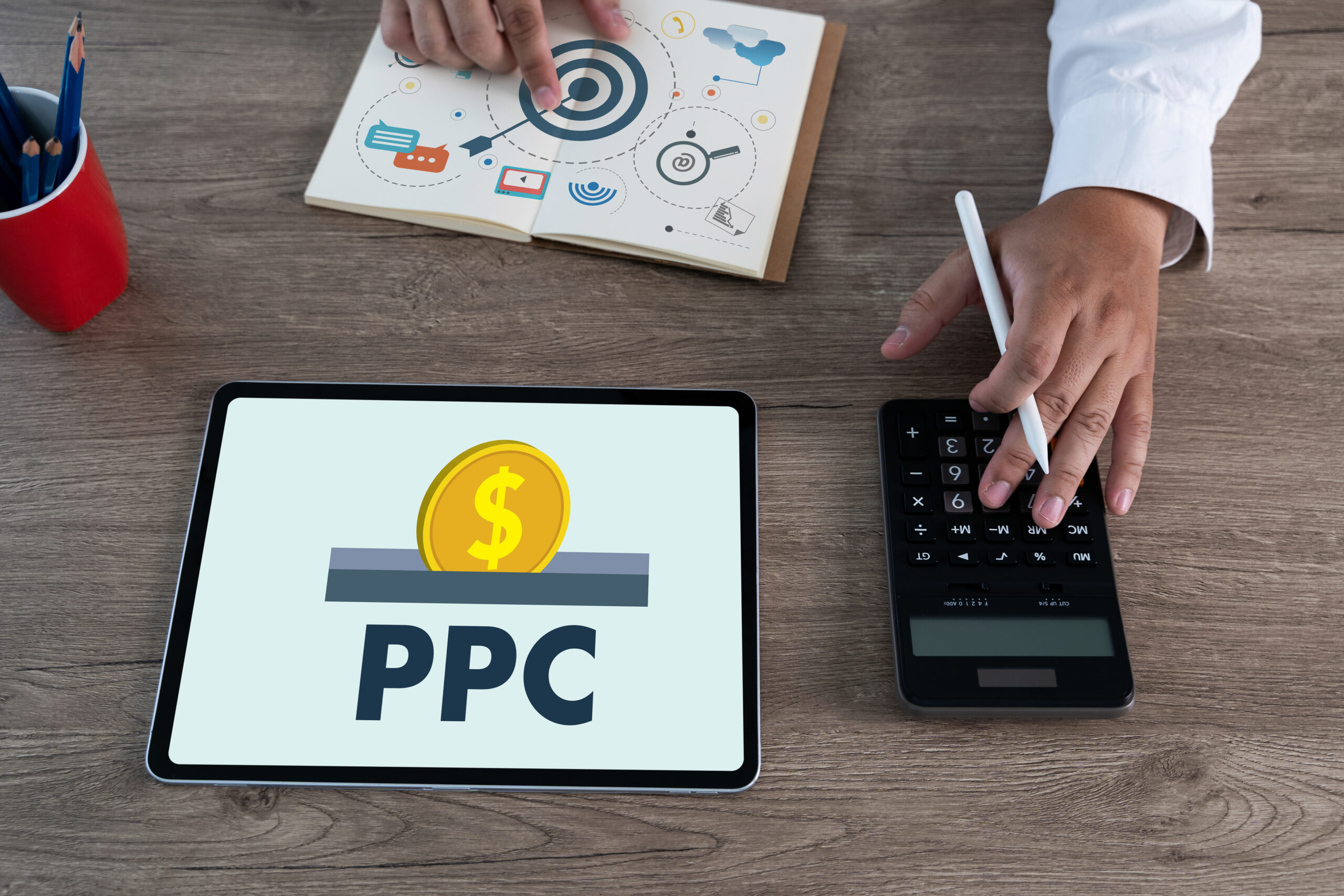Introduction
Pay Per Click (PPC) advertising may look simple on the surface—you pay when someone clicks your ad. But beneath the surface, there’s a hidden world of bidding wars, quality scores, algorithms, and strategic manipulation that determines the actual Cost Per Click (CPC). Understanding this secret life of CPC can transform how you approach digital marketing, giving you an edge over competitors who only see the numbers on their dashboard.
1. The Auction System That Sets the Price
- Every time a user searches for a keyword, Google, Bing, or other ad platforms instantly run a live auction among advertisers.
- This auction is not only based on your maximum bid but also your ad’s relevance and historical performance.
- High competition keywords like “buy shoes online” can cost much more than niche terms like “handmade leather loafers in Mumbai.”
- Winning isn’t always about bidding the highest—it’s about balancing your bid with a high Quality Score so you can pay less for better placements.
2. How Quality Score Shapes CPC
- Quality Score is a rating from 1 to 10 that reflects the relevance of your ad, landing page quality, and expected click-through rate.
- A higher Quality Score means you can outrank competitors even if you’re bidding less.
- Optimizing landing page speed, adding relevant keywords, and crafting engaging ad copy can drastically reduce CPC.
- Poor Quality Scores lead to inflated CPC rates, draining your budget faster than you realize.
3. Keyword Strategy and Match Types Matter
- Broad match keywords can trigger your ads for unrelated searches, wasting your budget.
- Exact match and phrase match give you more control and often reduce CPC by attracting qualified traffic.
- Long-tail keywords tend to have lower CPC because they’re less competitive, but they also bring in higher-intent leads.
- Regularly updating your negative keyword list is crucial to avoid paying for clicks from uninterested users.
4. Time, Location, and Device Influence CPC
- CPC can vary depending on the time of day, day of the week, and even the device used.
- For example, mobile searches may cost more during commuting hours, while desktop searches might peak during office hours.
- Geo-targeting helps cut costs by focusing only on profitable regions instead of spending on irrelevant locations.
- Seasonal trends—like festive shopping or industry-specific events—can cause temporary spikes in CPC.
5. The Role of Competitor Activity and Algorithm Updates
- Your CPC isn’t just affected by your own actions but also by how aggressively competitors bid.
- If competitors raise bids for a popular keyword, you’ll either need to match or adjust strategy to maintain visibility.
- Algorithm changes from Google Ads or Meta Ads can alter CPC dynamics overnight, making adaptability essential.
- Competitive intelligence tools help track rivals’ ad activity and reveal opportunities to optimize your budget.
Conclusion
CPC is not just a number—it’s a reflection of strategy, competition, and optimization. By understanding the invisible forces shaping it, you can control costs, maximize ROI, and stay competitive in the ever-changing PPC landscape. The secret to winning isn’t spending more—it’s spending smarter.



